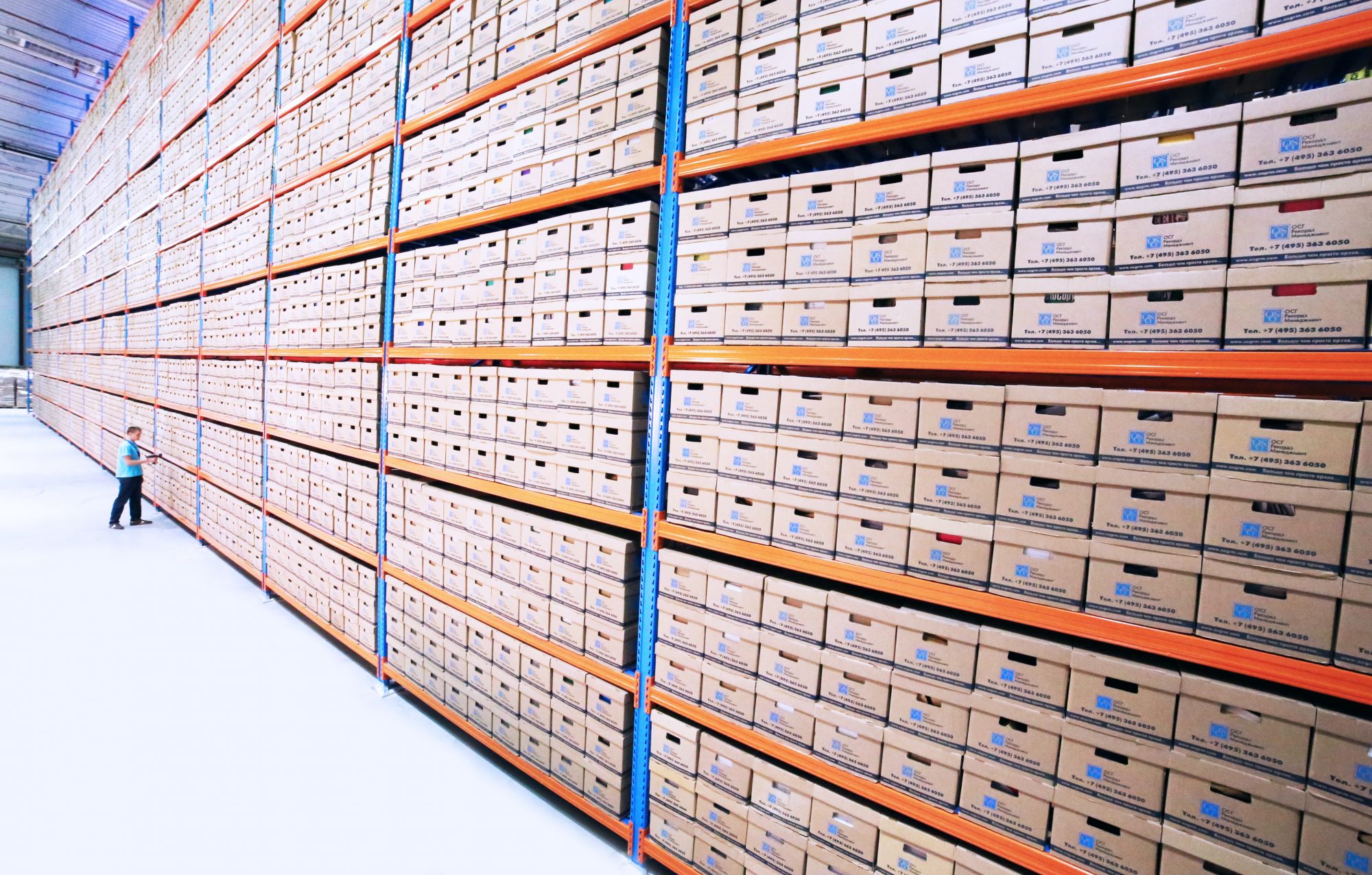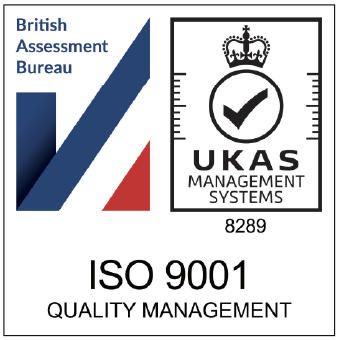Think all types of fulfilment are the same? Think again.
When it comes to B2B fulfilment, there are a number of unique factors and issues you need to take into account. To find out more about these factors and issues, read 3PL’s ultimate guide to B2B fulfilment now.
What is B2B fulfilment?
So, what exactly is B2B fulfilment? And, what makes it different from other forms of fulfilment such as B2C fulfilment?
B2B fulfilment refers to the process of fulfilling orders to other businesses rather than individual consumers (which is known as B2C fulfilment).
B2B fulfilment usually involves the fulfilment of large, bulk orders via freight shipping or other forms of bulk shipping.
To make things a bit clearer, let’s take a look at an example.
Imagine you are a supplier of blank t-shirts.
A business which creates its own printed design t-shirts places an order with you for 1,000 blank white t-shirts.
The steps of processing their order, picking and packing the t-shirts and ensuring they reach them on time and in one piece are what make up the overall process that’s known as B2B fulfilment.
You are a business, selling and fulfilling goods to another business; hence the ‘B’ to ‘B’.
How to optimise your B2B fulfilment
Given that you’re reading this you’re either already carrying out B2B fulfilment, or you’re thinking about starting to do so.
Whichever situation you’re in, you can either start your B2B fulfilment on the right footing, or you can optimise your existing B2B fulfilment to make it even better.
Below, you’ll find some of the best ways you can optimise your B2B fulfilment.
Demand forecasting
The first thing you can do to improve your B2B fulfilment is to improve your demand forecasting.
Being able to accurately forecast demand from your customers will mean you’ll be able to meet their demands as and when they arise and not find yourself understocked, overstocked or left with dead stock.
The key to carrying out accurate forecasting is data; and plenty of it!
Ideally, you’ll be able to use software that includes a dashboard which will help you to build up a history of order data from your customers. With this historical data, you’ll then be better able to make accurate forecasts.
Maintain accurate inventory information
The best demand forecasts in the world aren’t going to help if you’ve not got a clear idea of your inventory.
Manually trying to monitor and check your inventory can quickly become an impossible task, particularly as your business begins to scale. What’s more, manual inventory monitoring is bound to allow human error to creep in, leading to a false picture of your inventory.
Instead, you should be looking for software that provides a real-time picture of your entire inventory. Ideally, you’ll want the software to be able to trigger automatic restocks at certain stock levels, and help identify slow and fast-moving products etc.
With a real-time, accurate picture of your inventory, you’ll be able to make much more informed decisions and ultimately provide a better level of service to the businesses that make up your customer base.
Optimise order management
Once you’ve secured that all-important order, you need to make sure that it’s processed as accurately and efficiently as possible.
You want everyone from your customer service team to your pick and pack team in your warehouse to be able to quickly find the status of an order.
This will ensure there are no unnecessary delays or holds up to an order. Having complete visibility over every order status will also help your various teams prioritise orders where necessary and ensure that orders can be easily double-checked before shipping.
Like many of the other optimisations recommended in this article, the best way to achieve this order visibility is to use order management software that will easily integrate with your various sales channels and provide a complete overview of all of your business’ current outstanding orders.
Be ready for peak periods
Another way to optimise your B2B fulfilment is to ensure that your staff and systems are prepared for peak periods.
Whilst the concept of ‘peak periods’ is traditionally associated with B2C fulfilment, it should also increasingly be a concern for B2B businesses.
With more and more B2B businesses focusing on just-in-time delivery and lean operating models, the emergence of peak periods within the B2B space is becoming more common.
Plus, if you supply businesses that operate in sectors such as eCommerce, you’ll definitely have to deal with peak periods such as Christmas, Cyber Monday, and others.
By ensuring that your staff and processes are able to effectively scale up to deal with peak periods, you’ll end up with a much smoother fulfilment process and by extension – happier customers!
Outsource your fulfilment
If you truly want to optimise your B2B fulfilment process, then the best thing you can do is to outsource your fulfilment to a specialist third-party provider.
These specialist providers, known as 3PLs, focus solely on fulfilment, using decades of combined logistics expertise, and economies of scale, to secure the biggest and best deals on warehouse space, couriers and more, to ensure that every single part of the fulfilment process is highly efficient.
Outsourcing your B2B fulfilment makes particular sense as your business gets larger. Trying to fulfil orders at scale is challenging, and as you’ve seen above, can require significant investment not only in warehousing space, but in software and applications to keep a track of everything from inventory to order processing.
By choosing to outsource your fulfilment, you don’t have to make these costly investments, plus you’re entrusting your fulfilment to experts who carry out fulfilment all day, every day.
Time to outsource your B2B fulfilment?
If you think the time is right to outsource your B2B fulfilment, then speak to 3PL today.
With a state-of-the-art 55,000 sq ft fulfilment hub, relationships with the biggest and best couriers including DPD, UPS, DHL, advanced fulfilment technology, eco-friendly shipping options, and a roster of happy customers, 3PL is ideally placed to take your B2B fulfilment to the next level.
Find out more about 3PL’s B2B retail fulfilment services now
For more fulfilment and logistics advice and information, read the 3PL blog…
When to Make the Switch From In-House to Outsourced Fulfilment? | Learn How Switching to a 3PL Can Save Your Business Money | What Are the Differences Between B2B and B2C Order Fulfilment?
Speak to 3PL about your eCommerce order fulfiment
It’s time to supercharge your ecommerce brand business and overtake your competitors. Speak to 3PL today and find out how we can take your ecommerce fulfilment to the next level.


